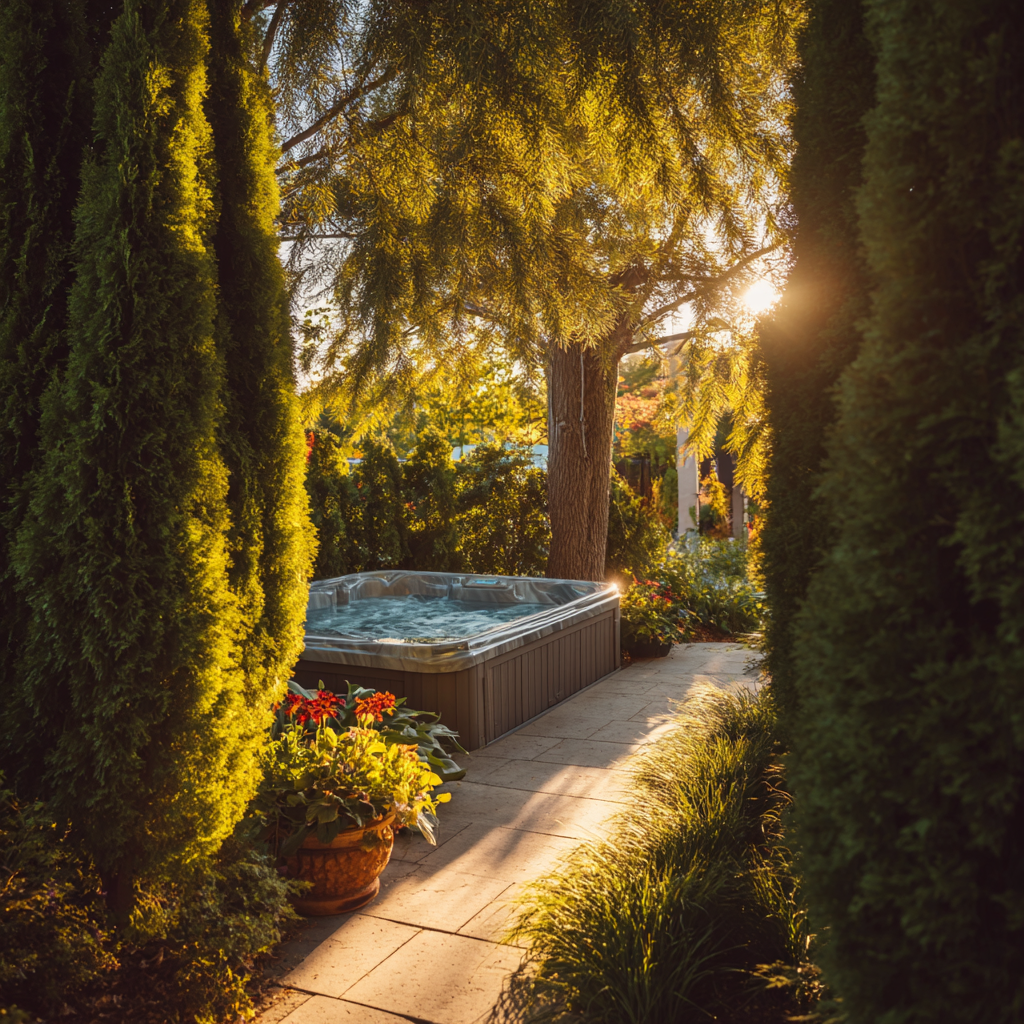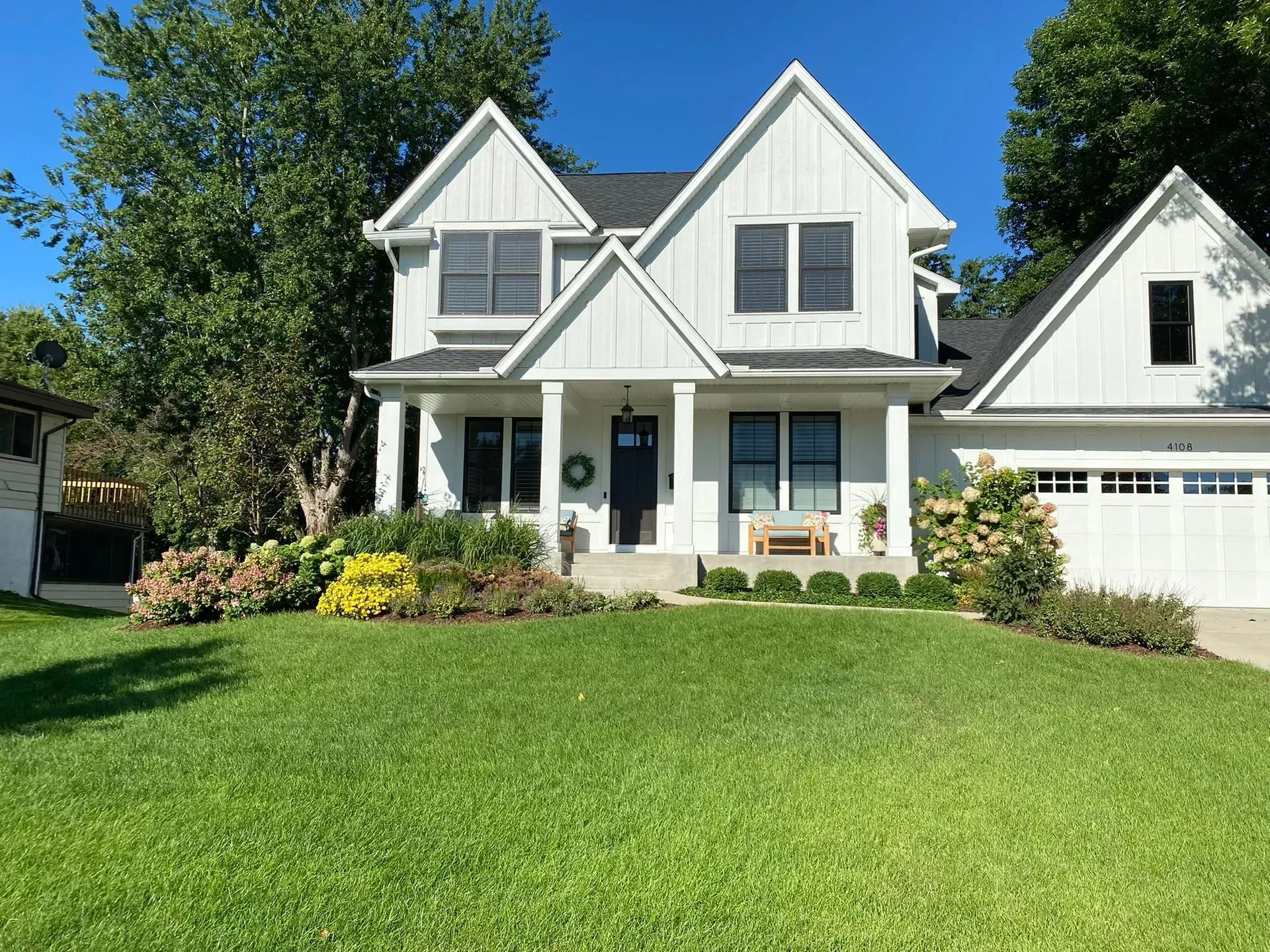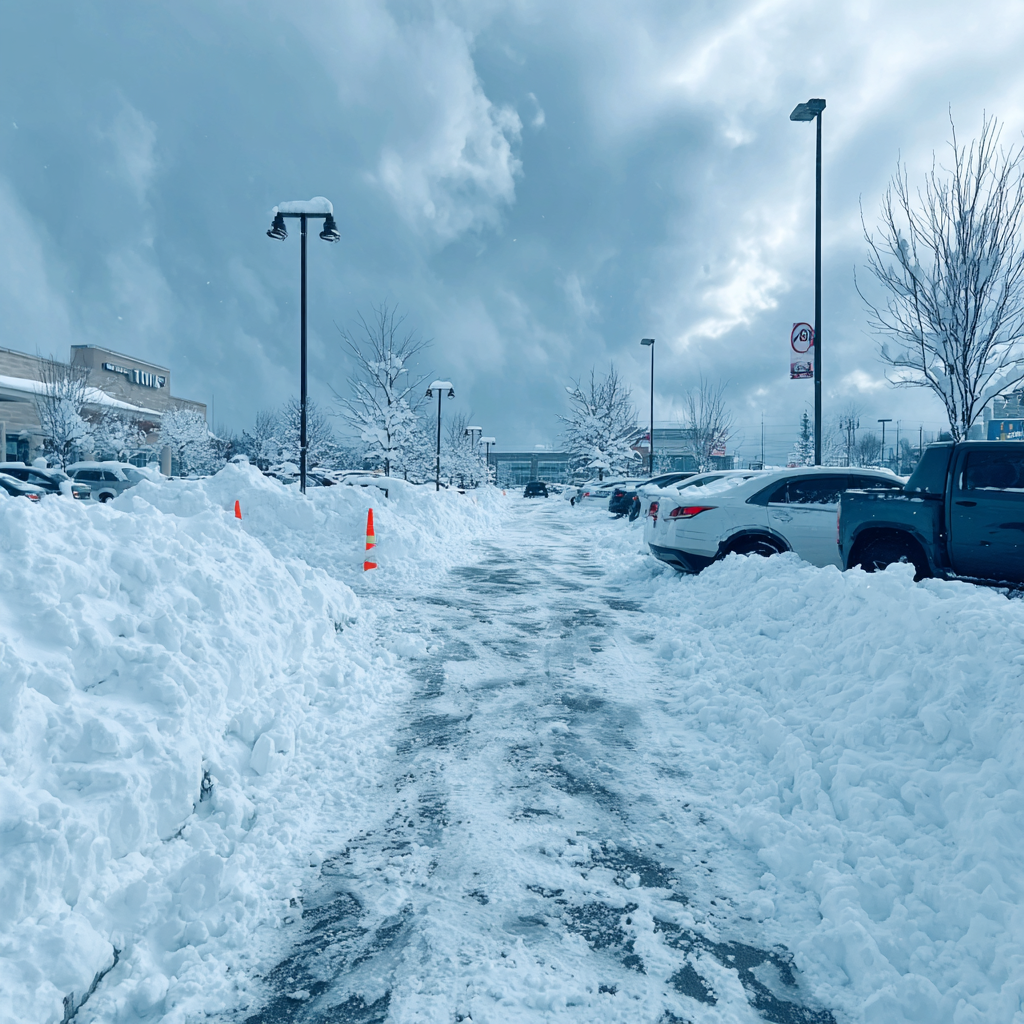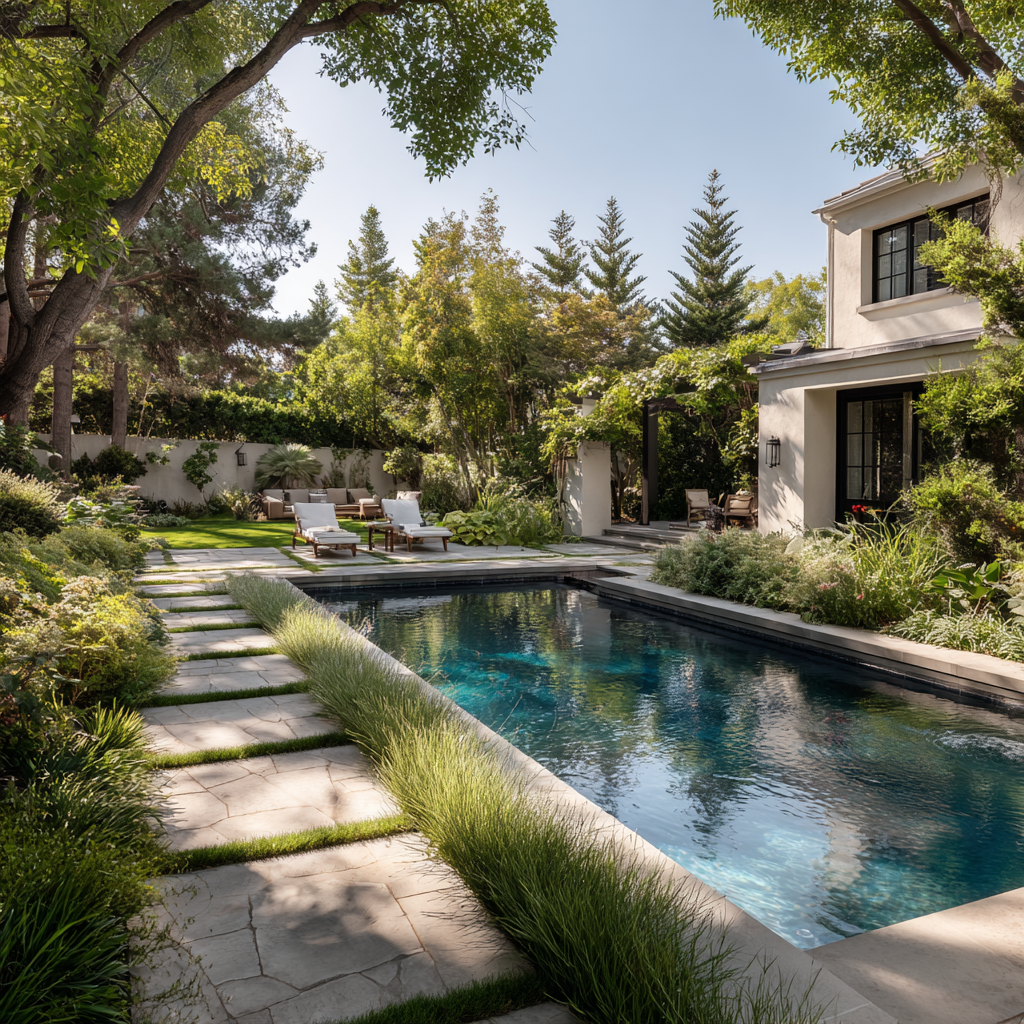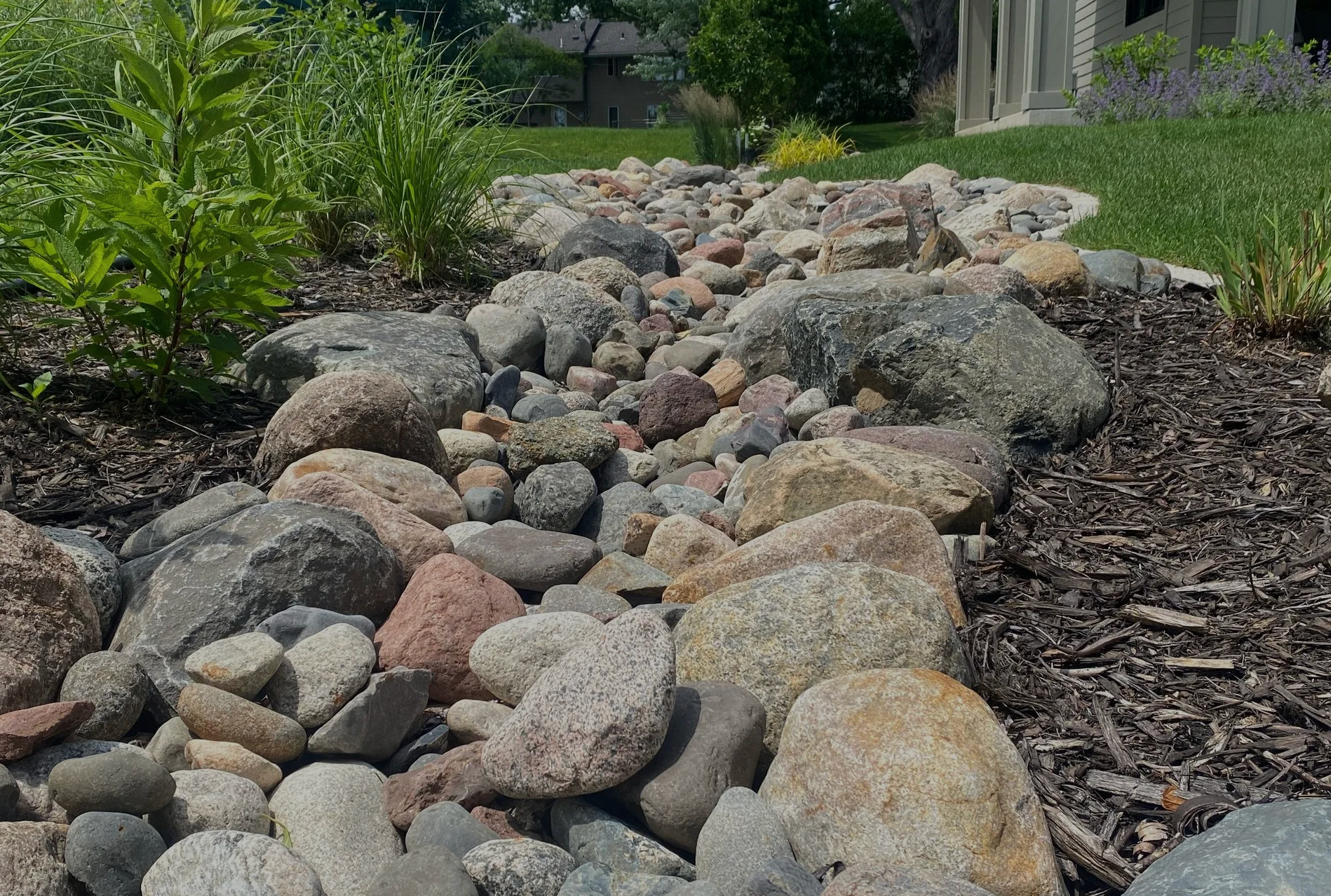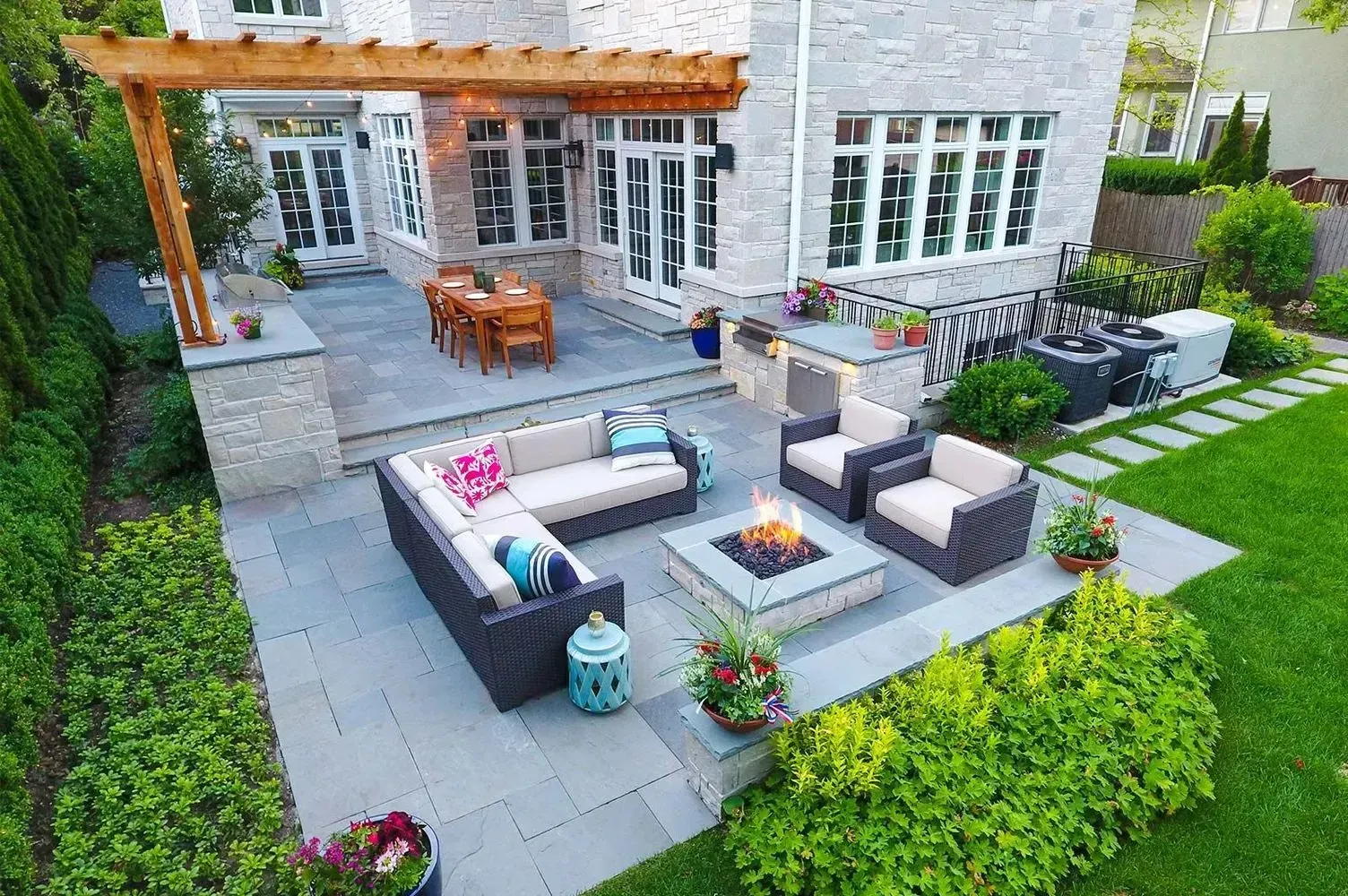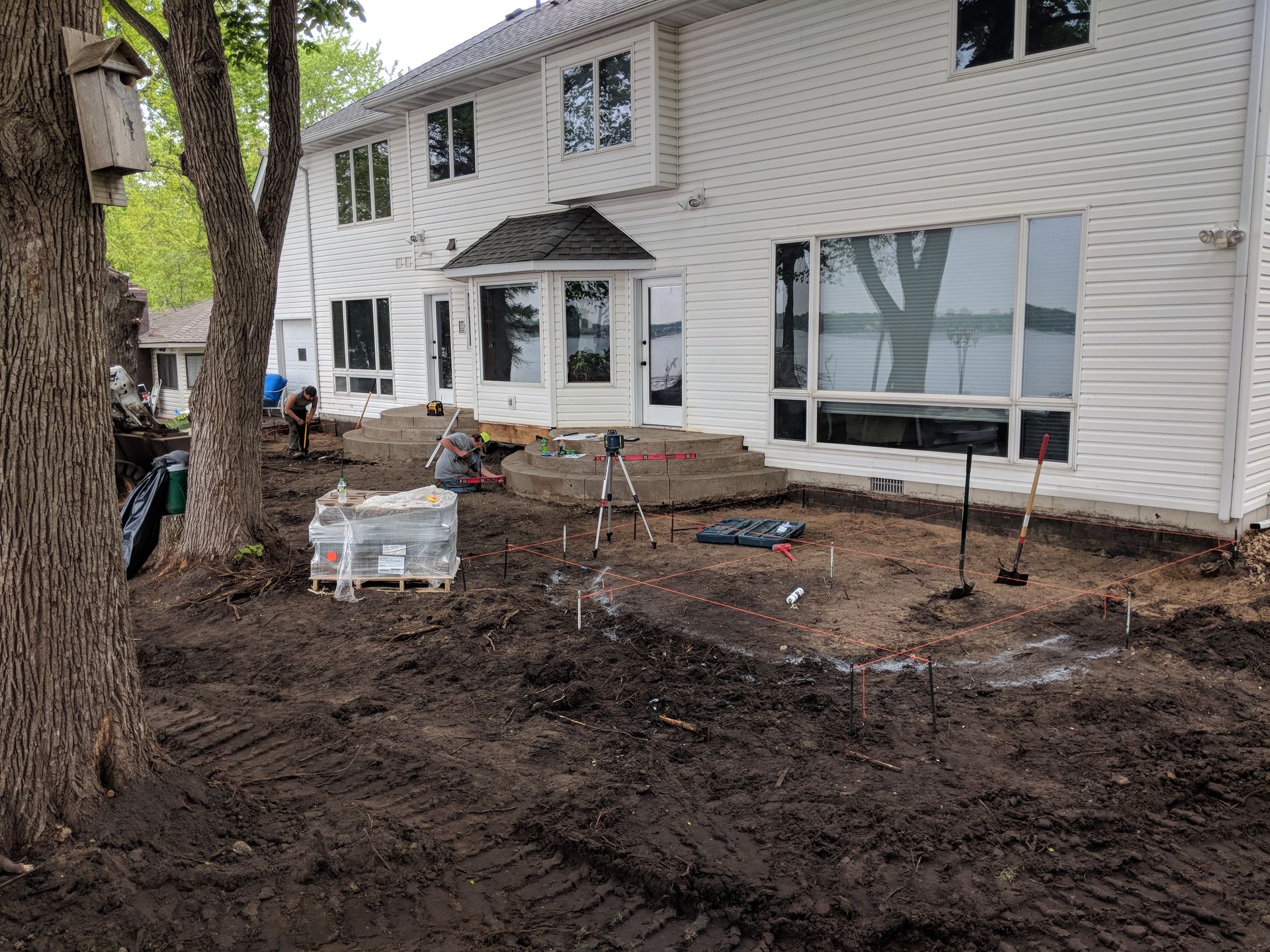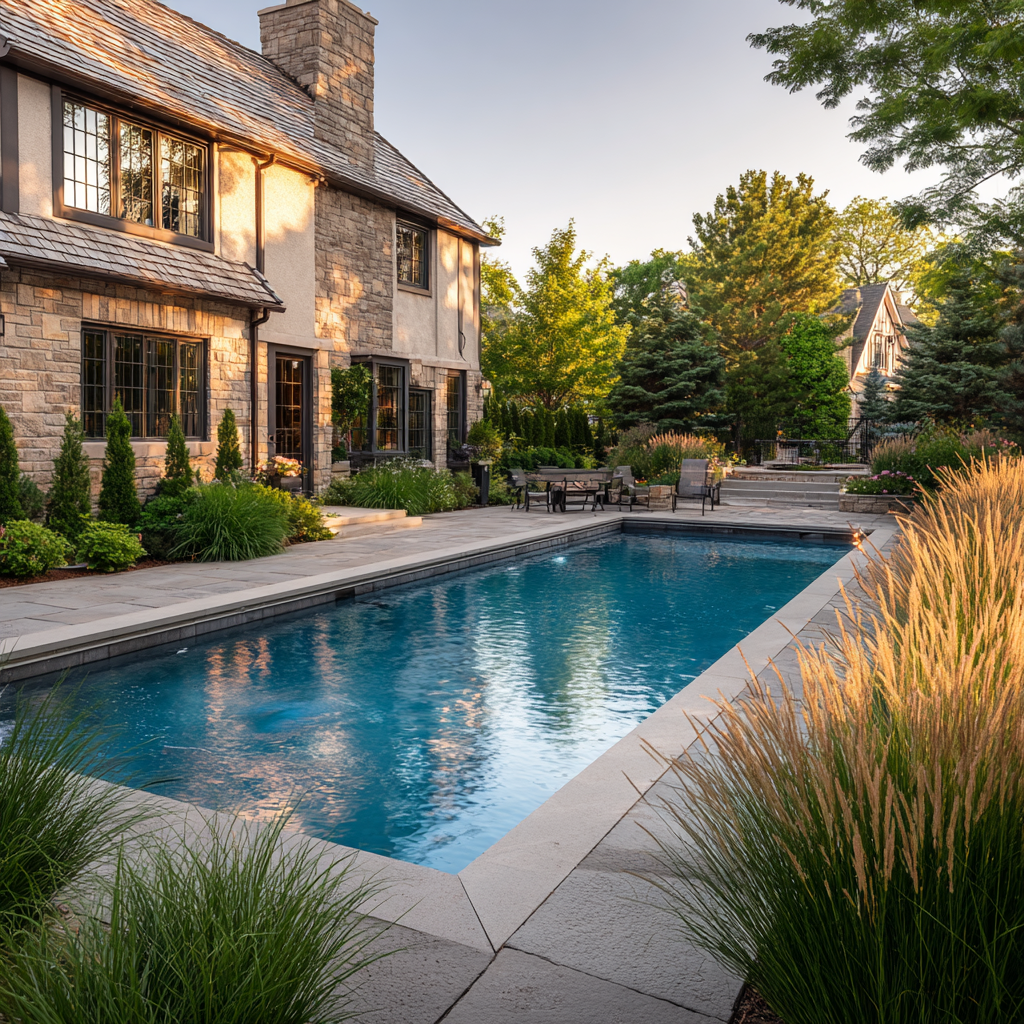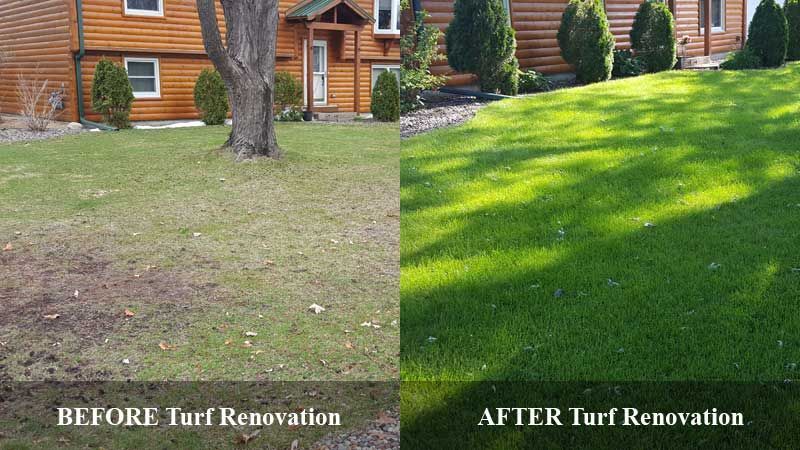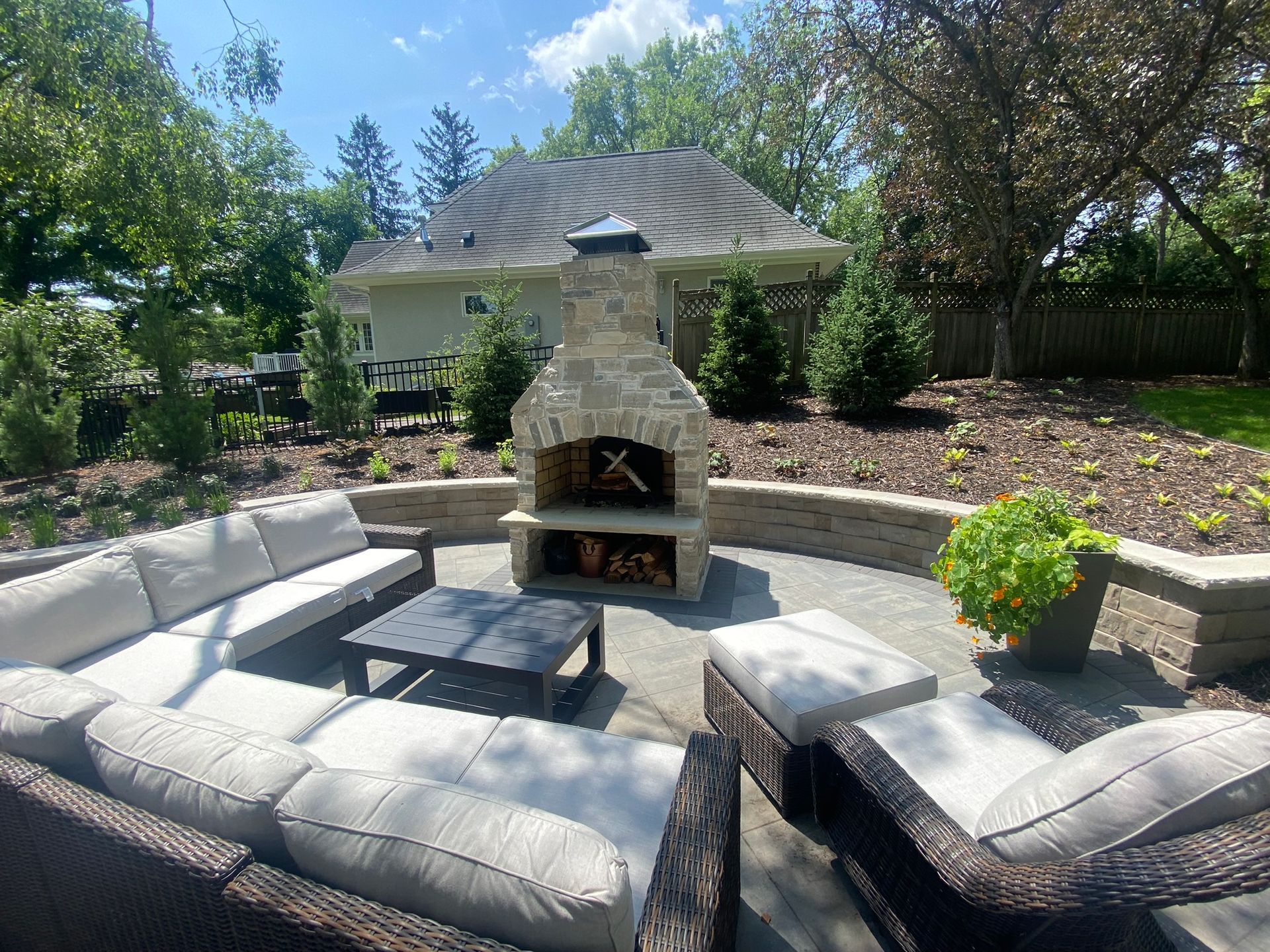Add Rustic Charm with Antique Farm Implements
Minnesota has a long history of farming. Because of this, we also have quite a stock of old farm implements, if you find the right flea market or auction. Adding these antique tools to your garden or yard can be a fun way to add a country touch to your home. And for some people, it’s nostalgic too.
The nice thing about decorating your landscape
this way is that you don’t need to worry about keeping the elements in pristine condition. Rust or a patina only adds character. In this post, we’ll look at just a few of the ways you can use these pieces of history in your gardens.
Wheels & Tires
One popular option for old wooden or iron wheels is to simply prop them against sheds, and then plant flowers at the base. Opt for low-to-mid-height flowers in this shed garden so they don’t completely obscure the wheel as they grow. Iron wheels still attached to an axle can be placed in just about any type of garden bed. Let the plants grow up around them, making it look like the wheels have never left that spot.
Have you come across some old tractor tires? Turn them into planters. Depending on how much height you want, you can either set them directly onto the soil in your garden bed, or bury them partway into the ground. Either way, fill the remaining space with soil, and then plant to your heart’s desire. These tires come in a variety of sizes, so you’re likely to find something to fit any space. If plain black tires don’t do anything for you, try painting them in bright colors. Play around with flowers in contrasting or complementary colors.
Yellow flowers contrast nicely with the aged wood and iron of the wheel. ( Denise Hallwach
)
Buckets & Wheelbarrows
The great thing about both buckets and wheelbarrows is that they can be portable planters, giving a rustic feel to any container garden. If you don’t like where they are or want to switch things up, just move them! And don’t worry if they’re rusty—small holes can help provide drainage for the plants.
Don’t be afraid to experiment with the layout of buckets, either. Buckets and planters can be stacked or nested. If you go this route, try planting ivies in the topmost bucket, letting them cascade down. You can experiment, too, with changing out the plantings depending on the season. These small, mobile gardens are extremely versatile.
Old buckets can be turned into attractive planters.
Tractors & Plows
Due to their size, old tractors, plows, and hay rakes can really act as a focal point for your garden or yard. Every implement is a little different, but a popular option is to add planters to the flat surfaces. The flowers in these planters will add a pop of color where people might not expect it, especially if the rest of the tractor is mostly rust-colored.
Try planting ground cover
around plows. Vinca will provide a lovely green surface, while sedums can give your garden a high-desert feel.
In some ways, planting around these larger farm implements is easier than smaller ones—because of their size, you can design around them in a wide variety of ways. For example, you can plant taller flowers and grasses than you might otherwise. These implements can act as a design element all on their own, with minimal outside help.
This old tractor acts as the garden’s focal point, sitting amidst the plants.
Tools & Pumps
Have an old pitchfork? Stick it straight into the ground and plant a climbing vine
like sweet peas at its base. If you have a few old, tall tools (like a rake, shovel, or hoe), use them to form the long posts on a homemade trellis. Simply attach short pieces of lath or scrap wood for the crossbeams, plant a vine such as morning glories at the base, and voilá!
Old water pumps are a unique way to add a rustic element to your yard. They can be freestanding with flowers planted all around them, or perhaps you could hang a bucket from the pump, and fill that with your favorite flowers. If you’re feeling really ambitious, an old water pump can be integrated into a water feature, providing a spigot at the head of a stream or pond.
An old water pump makes a nice water feature in any garden.
Notes
Opt for a low-maintenance
landscape around these implements by laying mulch
around them. This will help cut down on weeds, which otherwise might be difficult to get to.
Secure all upright tools, and watch for sharp, rusty edges. This is especially important if children will be playing around these implements. The last thing you want is for someone to get hurt.
Time to rework your landscape design? We’d be happy to help make your vision a reality. Give us a call at 763-568-7251 or use our quick quote system
to get in touch today.
The post Add Rustic Charm with Antique Farm Implements
appeared first on KG Landscape Management.





